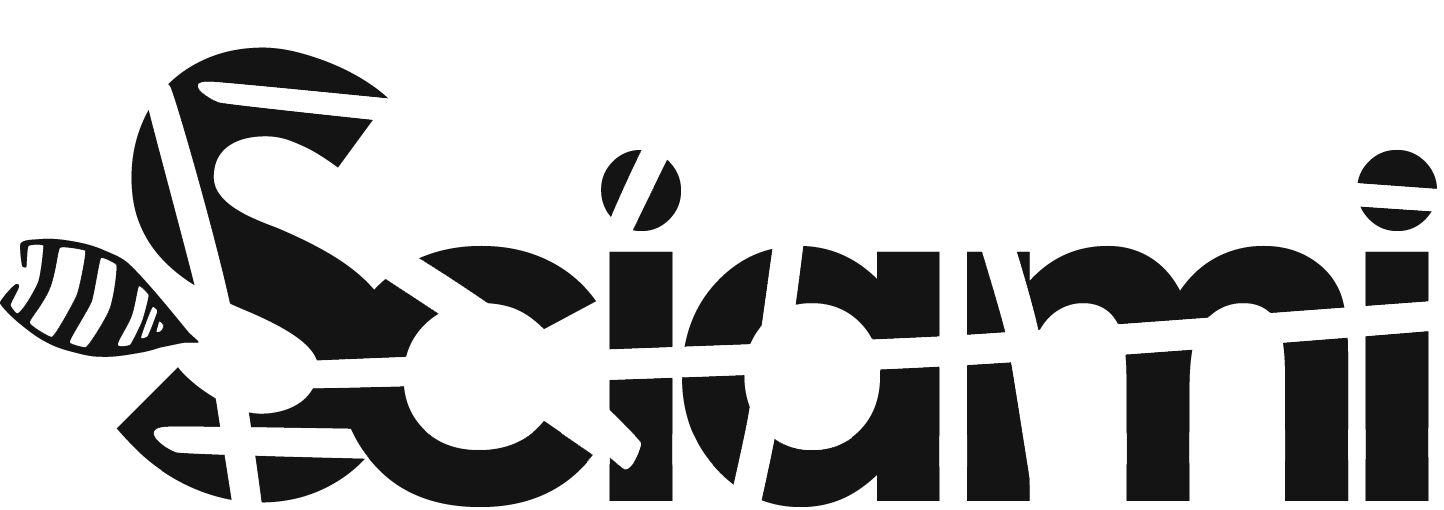Estratto
Tool Description: Television and projector modified to produce[...]
01/01/2006
Eng
Tool Description: Television and projector modified to produce kinetic abstract images in response to the sound of a musical instrument or audio tape recording. Summary of Materials: Television, projector, microphones, tape recorder. Operating Procedure: A stereo audio signal acted as an input to control the movement of the electrons scanning the screen of a television or projector along the x and y axes. This was not a question of modifying an existing image, but rather of creating an image according to the sounds emitted. Lowell Cross likely manipulated the deflection coils in the cathode-ray tubes.
Clarisse Bardiot, 9 Evenings: Theatre and Engineerings: Tool
, The Daniel Langlois Foundation for Art, Science, and Technology, 01/01/2006, Montreal
tipologia
ambito
Il TV Oscillator è un sistema che combina un televisore a un proiettore nella sintesi di immagini astratte in risposta al suono. Lo strumento era stato messo a punto da Lowell Cross nel 1965 in occasione della realizzazione dell’installazione Video II. Nell’installazione una traccia audio fungeva da input per la generazione di immagini astratte. In occasione di Nine Evenings del 1966, Lowell Cross utilizza il TV Oscillator nella performance di David Tudor "Bandoneon! (a combine)" aggiungendo la possibilità di interagire con l’esecuzione di uno strumento dal vivo per creare immagini televisive a colori e in bianco e nero. Il suono è inoltre spazializzato da carrelli telecomandati, dotati di piccoli altoparlanti e oggetti metallici che vibrano in base all’intensità dei suoni emessi.
TV Oscillator (Eng)
Proiezione mobile (Ita), Projection (Eng)
video projectors, Television, cathode-ray tubes
